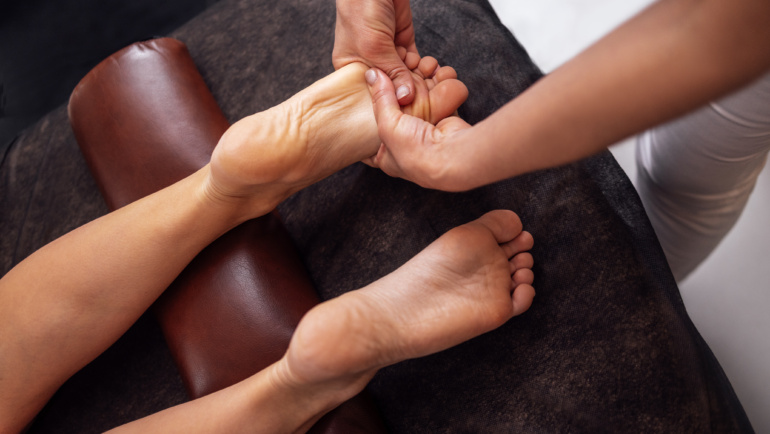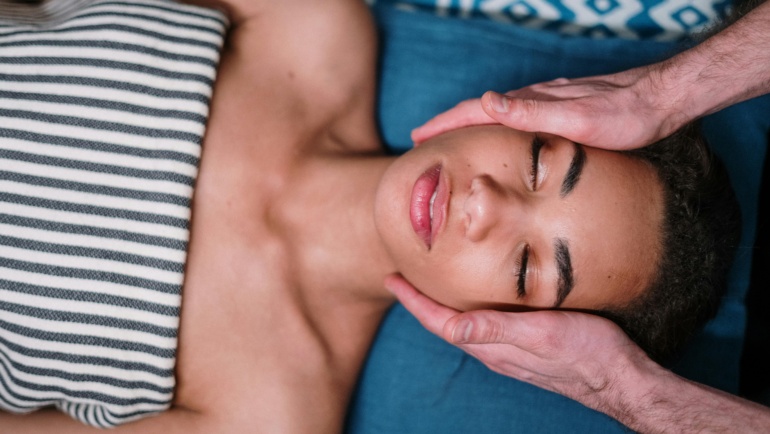Traditional Thai massage is a holistic practice that has been in existence for centuries. It involves using pressure points and techniques to stimulate blood circulation and release muscle tension. This helps improve flexibility, reduce stress, and promote relaxation.
Traditional Thai massage is also known as ‘nuad phaen’ or ‘dispersing’ in the local language. It is a series of techniques that involve stretching and compression of the body to release tension and improve blood circulation. The techniques are based on traditional Chinese medicine principles that originated in India centuries ago. There are 8 essential components of a traditional Thai massage that any spa or masseuse should know about:
Traditional Thai massage is a holistic practice that has been in existence for centuries. It involves using pressure points and techniques to stimulate blood circulation and release muscle tension. This helps improve flexibility, reduce stress, and promote relaxation. Traditional Thai massage is also known as ‘nuad phaen’ or ‘dispersing’ in the local language. It is a series of techniques that involve stretching and compression of the body to release tension and improve blood circulation. The techniques are based on traditional Chinese medicine principles that originated in India centuries ago. There are 8 essential components of a traditional Thai massage that any spa or masseuse should know about:
Introduction To Thai Massage
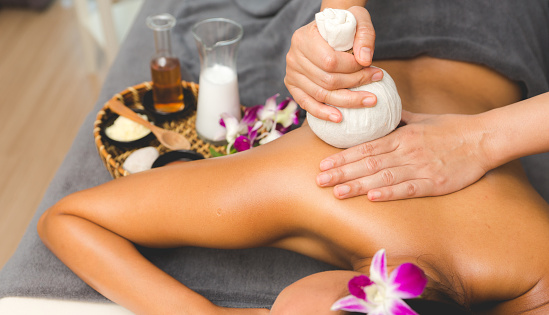
Traditional Thai massage, also known as Thai Yoga Massage or simply Thai massage, is a type of full-body massage or bodywork that originated in Southeast Asia. Traditionally, Thai massage is performed on the floor mat or a soft rug while the client wears loose clothing. It is different from Western massage in that it focuses on stretching and deep-tissue massage rather than just a simple rubdown of the superficial layers of the muscles. The main components of a Thai massage include stretching and deep tissue massage. Stretching is done with the feet, knees, hands and elbows, while deep-tissue massage is done with the knuckles, palms, and fingers. Using the feet and hands allows the massage therapist to reach areas that otherwise would be difficult to access. The massage is normally done on a mat or on a cushioned floor to protect the client from any discomfort caused by the massage table.
Body Positioning

During a massage, the therapist must position the client in a way that allows the massage to be effective. The therapist should place the client on his/her stomach with a pillow under the head and knees. The rest of the body should be relaxed and the back should be slightly arched. The therapist should make sure that the client’s arms are extended and their palms are facing up. The therapist can also use a strap or belt to tie the arms down. The purpose of this is to keep the client relaxed and prevent them from fidgeting.
Foot Bath And Oil Massage
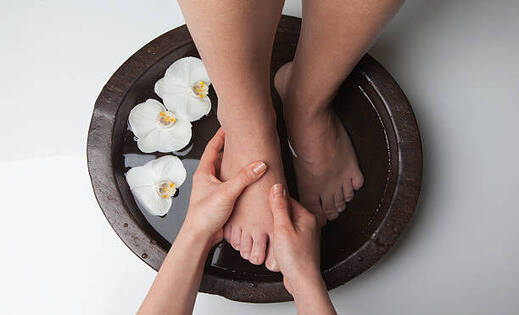
The essential components of a Thai massage begin with a foot bath because it cleans the feet and helps reduce stress. Next is an oil massage, where the therapist uses a mixture of oils to massage the client. The therapist begins the massage at the feet and moves upwards towards the head. This helps the blood flow towards the brain and promotes relaxation. The therapist can add pressure to the limbs and joints by pressing the thumbs into them and stretching them out. To aid the therapist, the client can be asked to bend their knees and put their feet on the therapist’s shoulder. The therapist can also use their elbow to apply pressure on the client’s joints.
Kneading Or Coppering
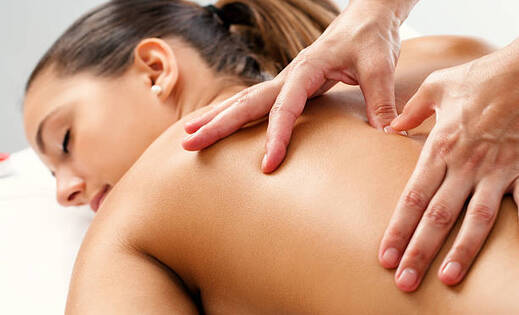
The next component of a Thai massage is coppering, where the therapist rotates the client’s palms inward, stretches out their fingers, and applies pressure. This helps relax the muscles in the area and promotes blood circulation. The therapist can also use their fingers to apply pressure on the client’s joints and the soles of their feet. In between the various massage techniques, the therapist can apply a little pressure to the client’s joints to release tension and improve blood circulation. This is followed by a gentle massage of the area to soothe the nerves.
Friction Massage
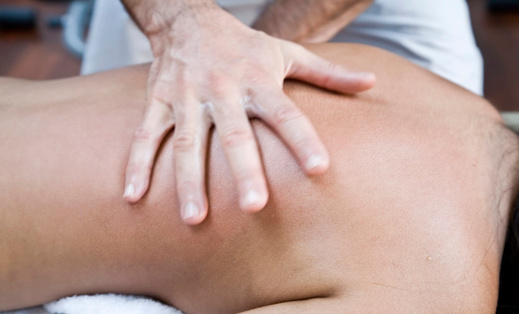
The next component of a Thai massage is friction massage, where the therapist uses their hands to knead the client’s muscles and joints. This is usually done on the upper part of the client’s body, from the head downwards. With this technique, the therapist applies pressure on the contracted muscles and stretches them out to relax them. The therapist can also use elbows and knees to pressure and stretch the client’s muscles.
Wrapping Up Or Final Tapping

The last technique of a Thai massage is known as ‘final tapping’, where the therapist uses a wooden or metal hammer to tap on the client’s back, legs, and arms. This helps break up hardened and strained muscles and promotes blood circulation in the limbs. The therapist can also use their fingers to tap on the client’s muscles and joints, especially those that are stiff. The tapping is done in a rhythmic pattern and should be gentle enough to soothe and relax the client.
Conclusion
Traditional Thai massage is a holistic practice that has been in existence for centuries. It involves using pressure points and techniques to stimulate blood circulation and release muscle tension. This helps improve flexibility, reduce stress, and promote relaxation. The traditional Thai massage is a full-body massage that includes stretching and deep tissue massage. The therapist must position the client in a way that allows the massage to be effective. The therapist must also perform a foot bath and oil massage, followed by kneading or coppering and ending with final tapping. These are the 8 essential components of a traditional Thai massage that any spa or masseuse should know about.


